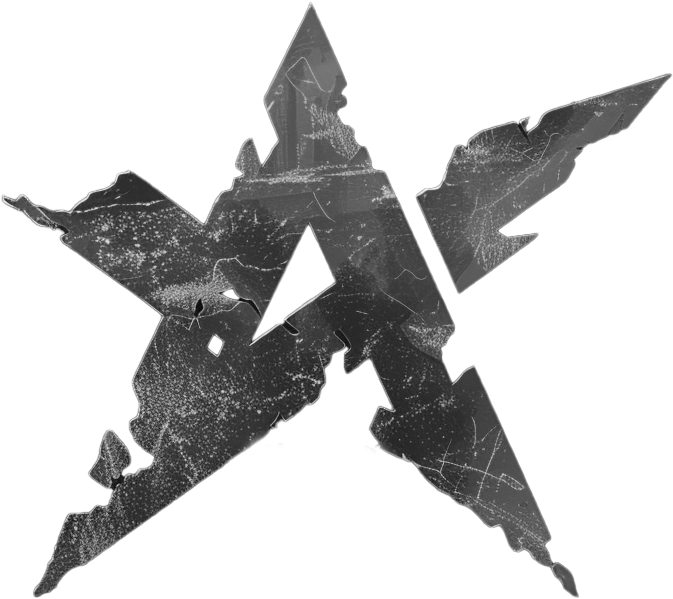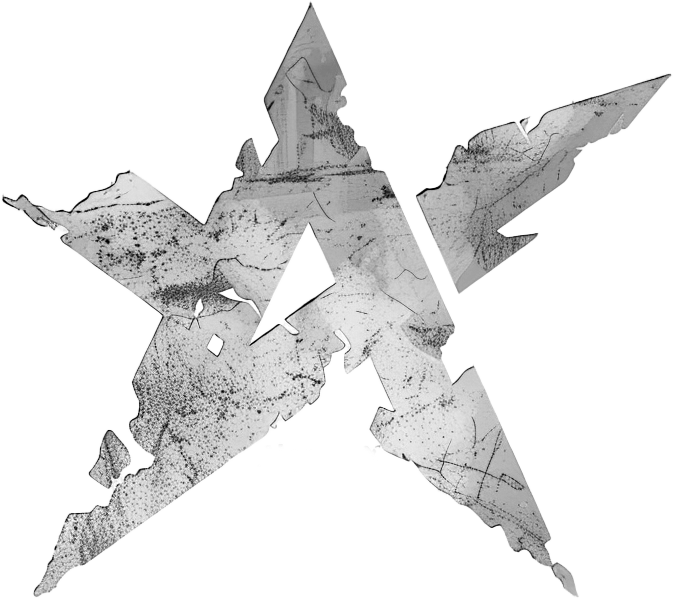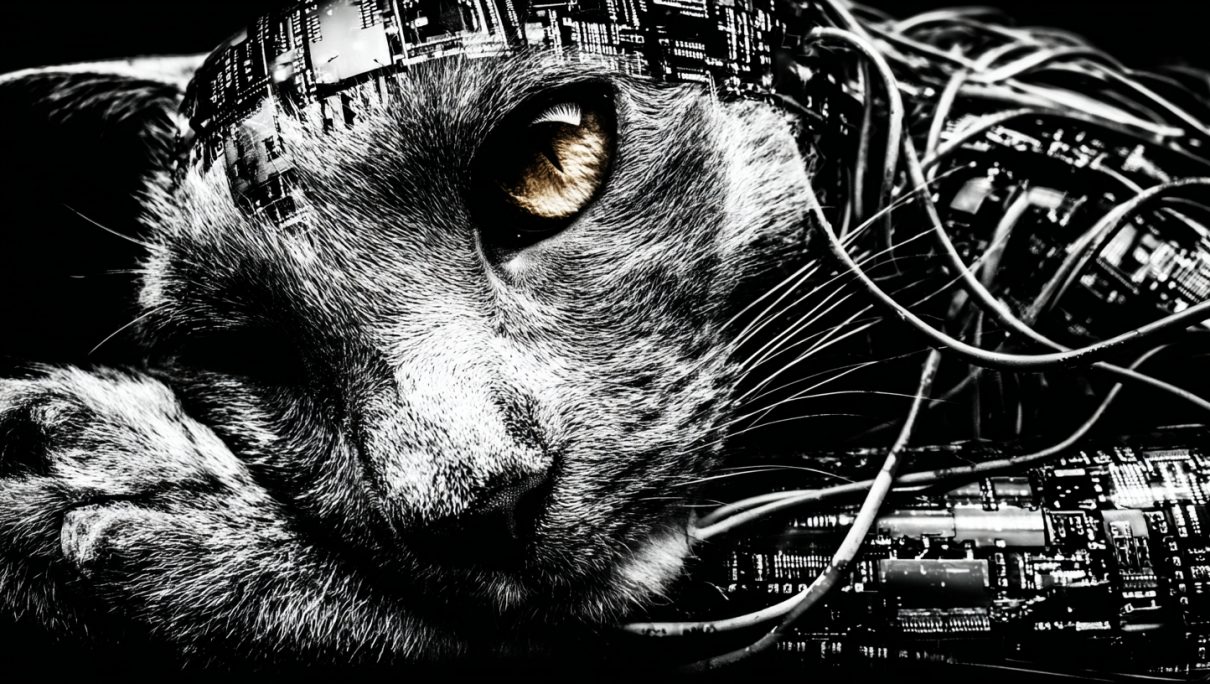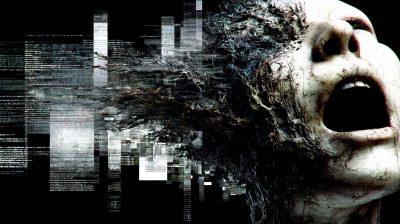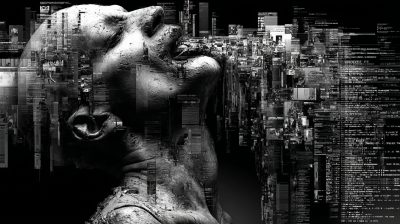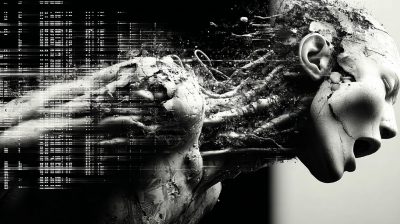Art begins where the ugly copy ends —
Websterix
when fragments, stolen and scarred,
are sutured by vision into something
that never existed before.
The Generative AI Copyright Maze: Who Really Owns These Pixels?
The explosion of generative AI image tools like Midjourney, Stable Diffusion, and DALL-E has ignited a creative revolution – and a legal quagmire. At the heart of the confusion lies a fundamental misconception: the belief that the person typing the prompt automatically becomes the copyright owner of the resulting image. The reality is far more complex, nuanced, and legally unsettled. Understanding the underlying copyright issues is crucial for anyone creating, using, or selling AI-generated content.
The Core Misconception: „I Prompted, Therefore I Own“
Many users assume that because they conceived the idea („a cyberpunk cat wearing a neon fedora“) and typed the prompt, they are the „author“ in the traditional copyright sense. This is largely incorrect under current interpretations. Copyright law, particularly in the US and EU, fundamentally protects original works of authorship created by human beings. The key phrase is human authorship.
Who’s (Supposedly) in Charge? The Copyright Allocation Puzzle
-
The User (Prompter): Generally, you do not automatically get copyright in the raw, unmodified AI output. Your prompt is seen as an instruction or idea, not the expressive, fixed form of authorship copyright requires. The US Copyright Office (USCO) has repeatedly stated that works lacking sufficient human creative control and input are not protected.
-
The AI Model Itself: AI is not a legal person. It cannot hold copyright. The output is a statistical prediction based on training data, not an original expression by a sentient author.
-
The AI Company (e.g., Midjourney, OpenAI, Stability AI): Their Terms of Service (ToS) dictate what rights they grant you. Crucially:
-
Permission ≠ Copyright: Most platforms grant users a broad license (often including commercial use) to use the generated images. This is NOT the same as assigning copyright ownership to you. You have permission to sell the image, but you may not own the underlying copyright.
-
Ownership Claims: Some companies explicitly state they do not claim copyright on user generations (e.g., Midjourney, OpenAI for DALL-E under certain plans). Others are less clear. Even if they disclaim ownership, it doesn’t automatically vest copyright in the user. It often means the image effectively enters a copyright limbo – potentially unprotected.
-
-
The Original Artists (Training Data): This is the billion-dollar question and the source of massive lawsuits (e.g., Getty Images vs. Stability AI). The AI models are trained on vast datasets of copyrighted images scraped from the web. While companies argue this falls under „fair use“ for transformative purposes, artists and rights holders contend it’s mass copyright infringement. If courts rule that the training process itself was infringing, the legality of all outputs derived from that model becomes questionable, potentially impacting downstream users.
Is It Safe to Sell AI-Generated Content? Proceed with Extreme Caution
-
Legal Uncertainty: The core legal questions (human authorship threshold, training data infringement) are actively being litigated. What’s „safe“ today might be deemed infringing tomorrow.
-
Platform License ≠ Legal Immunity: Having a commercial use license from the AI platform protects you from the platform suing you. It does NOT protect you from:
-
Infringement Claims by Third Parties: If the output closely resembles a copyrighted work (either intentionally via prompt engineering or coincidentally), the original rights holder could sue you.
-
Invalidity of Copyright: If the image isn’t copyrightable (due to lack of human authorship), you have no exclusive rights to enforce against others copying or selling your AI-generated image.
-
-
Platform Indemnification (The Best Shield): Some platforms (like Adobe Firefly – trained on licensed/owned data, Shutterstock’s AI tool) offer indemnification. This means they promise to cover your legal costs if you get sued for copyright infringement specifically arising from using their tool and following their ToS. This significantly reduces risk but isn’t absolute protection against all claims (e.g., trademark, publicity rights).
Is the Idea Enough? The Pixel Copyright Conundrum
-
No, Ideas Are Never Copyrightable: Copyright protects the expression of an idea, not the idea itself („cyberpunk cat“ is an idea; the specific visual depiction is the expression).
-
The AI Output Problem: The AI generates the expression based on your idea (prompt) + its training data + its algorithms. The critical question is whether there’s enough human creative control and contribution in the final fixed expression (the image file) to qualify for copyright.
-
Pure Prompting: Typing a simple prompt („cat in a hat, digital art“) and accepting the first result is highly unlikely to involve sufficient human authorship for copyright, according to the USCO.
-
Significant Human Modifications: If you take the AI output into Photoshop, make substantial creative edits, compositing, redrawing elements, etc., the modified work likely does have copyright protection. The copyright applies to your human-authored modifications, not the underlying AI-generated parts.
-
Complex Prompting & Iteration: What about highly detailed prompts, extensive inpainting/outpainting within the AI tool, and iterative refinement? This is the grayest area. The USCO has granted registration for AI-assisted works where the human creatively selected, arranged, and modified AI elements to such a degree that the final work represented the human’s original mental conception. However, they consistently reject registration for works where the AI „determines the expressive elements.“
-
The Bottom Line & Recommendations:
-
Abandon the „I Own It“ Assumption: Assume raw AI output is likely not protected by copyright you own. You likely have a license to use it commercially per the platform’s ToS, but not exclusive rights.
-
Read the Terms of Service Carefully: Understand the license granted and any indemnification offered.
-
Mitigate Risk for Commercial Use:
-
Use Indemnified Platforms: Prioritize tools like Adobe Firefly or Shutterstock AI that offer legal indemnification.
-
Add Significant Human Authorship: Modify outputs significantly using traditional software. Document your process.
-
Avoid Close Mimicry: Be wary of prompts designed to replicate specific artists‘ styles or known copyrighted characters/works.
-
Disclose AI Use: Be transparent with clients or marketplaces.
-
-
The Idea is Not the Copyright: Your brilliant prompt idea gives you no copyright. Focus on how much expressive control you exert over the final visual output.
-
Stay Informed: This is a rapidly evolving legal landscape. Court rulings and new legislation will shape the future.
In essence: Selling AI-generated content isn’t inherently illegal, but it operates in a legal minefield. Copyright ownership rarely lies with the prompter for raw outputs. Safety comes from platform choice (indemnification), significant human modification, transparency, and a deep understanding that the permission to use commercially is not the same as owning the copyright. Until the courts and legislatures provide clearer answers, caution and informed risk management are essential.
True art doesn’t hide the ‘ugly copy’ — it resurrects it.
Websterix
